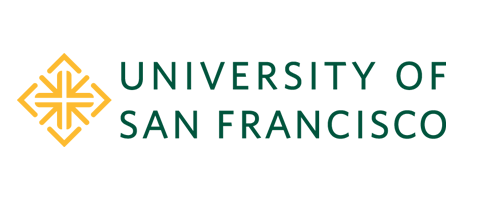Date of Graduation
Fall 12-15-2023
Document Access
Restricted Project/Capstone - USF access only
Degree Name
Master of Science in Nursing (MSN)
College/School
School of Nursing and Health Professions
Program
MSN project
First Advisor
Kelly Ingram
Abstract
Abstract
Problem:
Hospitals are key players in balancing supply chain management while providing services to patients. However, it has become evident that there is unnecessary waste as the need for care increases. Due to this increase in supply use, there has been inappropriate resource allocation and increased cost that have led to decreased healthcare quality (Chang, H.-C. et al., 2019). Ensuring that hospitals are adequately using supplies has become a significant problem as the cost of supplies has put a strain on already tight hospital budgets. After thorough monitoring of the observation and telemetry unit, several factors contributing to overuse of supplies have come to light. These issues surround lack of understanding amongst staff regarding supply use and cost as well as a non-specialized admission process.
Context:
This quality improvement project took place in a local hospital’s medical-surgical observation and telemetry unit, aiming to reduce overconsumption of hospital supplies in order to allocate more financial resources to other necessities within the microsystem.
Interventions:
This project proposed interventions which encompassed improved education throughout the microsystem and the implementation of a supply management bundle. This bundle includes supply checklists tailored to specific diagnoses that are typically seen within the unit and highlight supplies that are geared towards that particular patient population. Additionally, this project emphasizes the utilization of the additional space on the isolation carts to include all necessary supplies that are commonly used by patients. The intervention aims to reduce supply overuse in rooms requiring medical personnel to don personal protective equipment.
Measures:
The supply management bundle’s effectiveness after implementation will be monitored through the unit’s monthly usage reports and biweekly audit checklist. The unit’s monthly usage reports will be generated on a quarterly basis to assess the overall impact of supply consumption. An additional process measure will involve a biweekly audit checklist to monitor and assess the efficacy of the supply management bundle in this unit.
Results:
Staff surveys and microsystem analysis revealed a lack of staff knowledge regarding supply use, and a unit culture supporting overstocking as areas for improvement. In response, a supply management bundle was created that encompasses staff education, admission diagnosis checklists, and utilizes space on the isolation carts for common supplies. Theoretically, implementation of a supply management bundle will benefit the unit by reducing supply use and therefore reducing costs. The initial assessment shows a potential savings of approximately $30,000 per year. Monthly usage reports and bi-weekly auditing will monitor the effectiveness of the bundle’s implementation. In addition, staff participation assessments and post-intervention surveys will support the sustainability of this project. The predicted success of this supply management bundle is contingent on conveying the procedural and educational aspects within this unit.
Conclusion:
By addressing procedure, and education root causes and implementing evidence-based practice interventions such as supply management bundles, healthcare institutions can recover from the strain supply shortages and increased demand have put on hospital budgets and in turn, reallocate savings to provide improved patient care.
Recommended Citation
Nguyen, Thu; Pham Wong, Jacqueline; Kim, Stephanie; Cruz, Ivy; Wong, Jason; and Younesi, Kiana, "Reducing Overuse of Supplies: The Impact of Implementing a Supply Management Bundle in the Medical Surgical Observation and Telemetry Unit" (2023). Master's Projects and Capstones. 1632.
https://repository.usfca.edu/capstone/1632
To download restricted works from off campus you must have a USF email address and use it to create an account for the repository.
COinS

